Japan's air defense system during the Cold War
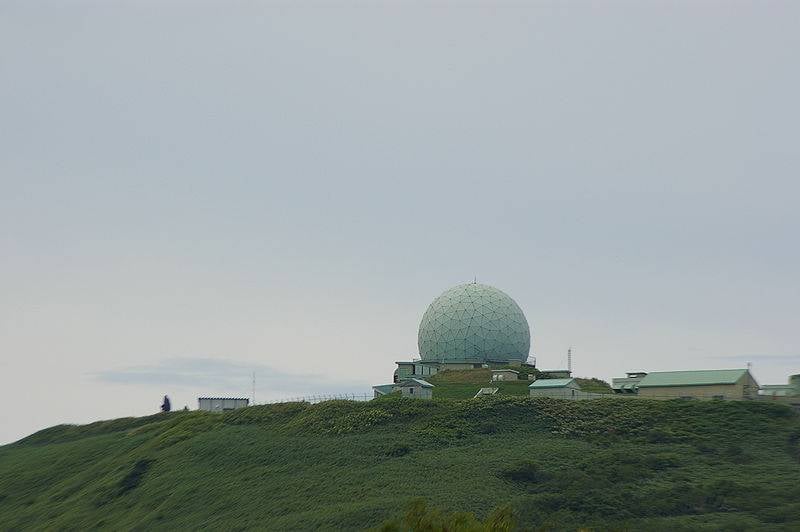
Until the mid-1970s, Japanese ground-based air defense and fighter aviation were equipped with American-made equipment and weapons systems or manufactured at Japanese enterprises under an American license. Subsequently, Japanese companies producing aviation equipment and radio electronics were able to organize the production of national defense products.
Japan airspace radar
Before the start of the Korean War, the American occupation command did not pay special attention to airspace control over the Japanese islands and surrounding territories. On Okinawa, the islands of Honshu and Kyushu, there were radars SCR-270/271 (up to 190 km) and AN / TPS-1B / D (up to 220 km), which were mainly used to track the flights of their aircraft.
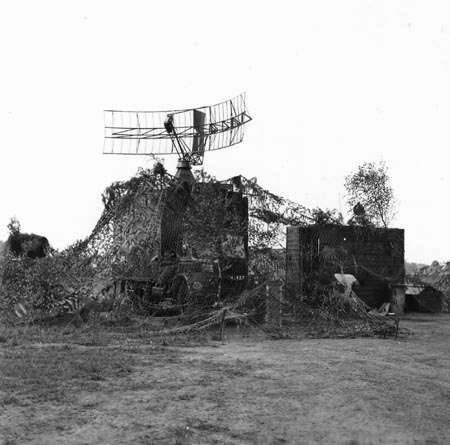
Radar AN / TPS-1B
Subsequently, AN / FPS-3, AN / CPS-5, AN / FPS-8 radars and AN / CPS-4 altimeters with a detection range of more than 300 km were deployed at American military bases located in Japan.
After the formation of the Air Self-Defense Force in Japan, the United States, as part of military assistance, supplied AN / FPS-20B two-dimensional radars and AN / FPS-6 radio altimeters. These stations have long been the backbone of the airspace radar control system. The first Japanese radar posts began operating in 1958. During the watch, all information about the air situation was transmitted in parallel to the Americans via radio relay and cable communication lines in real time.
In 1960, all airspace control functions were transferred to the Japanese side. At the same time, the entire territory of Japan was divided into several sectors with its own regional air defense command centers. The forces and assets of the Northern Sector (the operational center in Misawa) were supposed to provide cover for Fr. Hokkaido and the northern part of the island. Honshu. In the area of responsibility of the Central Sector (operations center in Iruma), there was a large part of Fr. Honshu with the densely populated industrial regions of Tokyo and Osaka. And the Western Operations Center (at Kasuga) provided protection for the southwestern part of the islands of Honshu, Shikoku and Kyushu.
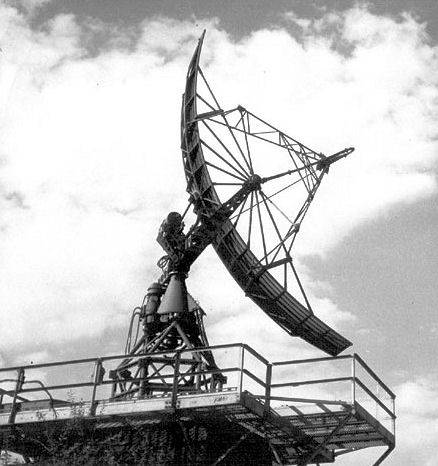
Antenna post of radio altimeter AN / FPS-6
The stationary AN / FPS-20V radar, operating in the frequency range of 1 280-1 350 MHz, had a pulse power of 2 MW and could detect large air targets at medium and high altitudes at a distance of up to 380 km.
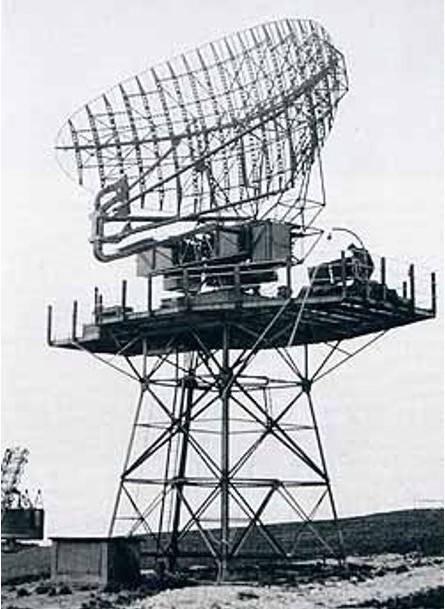
Antenna post of radar AN / FPS-20
In the 1970s, the Japanese upgraded these two-coordinate stations to the J / FPS-20K level, after which the pulse power was increased to 2,5 MW, and the detection range at high altitudes exceeded 400 km. After the transfer of a significant part of the electronics to a solid-state element base, the Japanese version of this station received the designation J / FPS-20S.
Despite its advanced age, a modernized and overhauled J / FPS-20S radio altimeter operating at frequencies of 6-2700 MHz is still in operation with the J / FPS-2900S all-round radar east of the city of Kushimoto. Pulse power - 5 MW. Range - up to 500 km.
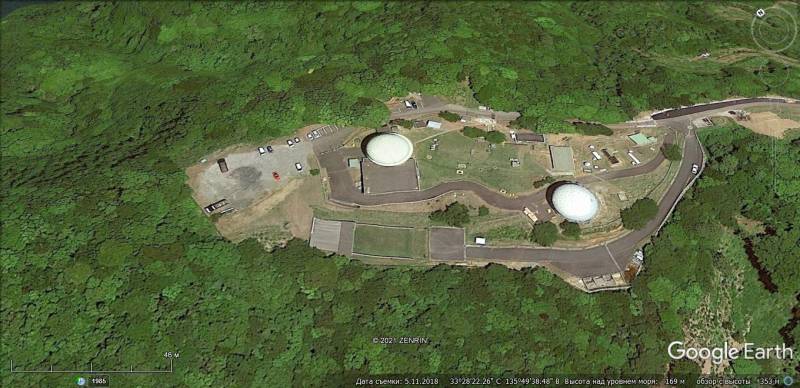
Satellite image of Google Earth: a radar post consisting of J / FPS-20S and J / FPS-6S, located east of Kushimoto
After upgrading the antennas of the J / FPS-20S and J / FPS-6S radars, to protect them from adverse meteorological factors, they were covered with radio-transparent protective domes.
In the late 1960s, stationary radar posts were equipped with equipment for collecting and transmitting data on the air situation to guidance centers. Each such post had a special computer, which provided the calculation of data on air targets and generated signals for displaying targets on the air situation indicators. In the Central Air Defense sector, for the convenience of operation, radar posts were located near the guidance centers.
Initially, radar posts deployed in Japan used two types of radars, J / FPS-20S and J / FPS-6S, which determined
direction, distance and altitude of the air target. This method limited productivity, since accurate altitude measurement required pointing the radio altimeter antenna, which scans the airspace in a vertical plane, to accurately measure the altitude.
In 1962, the Air Self-Defense Forces ordered the creation of a three-dimensional radar that could independently measure the target's flight altitude with high accuracy. The competition was attended by firms Toshiba, NEC and Mitsubishi Electric. After considering the projects, they accepted the option proposed by Mitsubishi Electric. It was a phased array radar, a non-rotating, cylindrical antenna.
The first fixed Japanese three-dimensional radar station J / FPS-1 was commissioned in March 1972 on Mount Otakine in Fukushima Prefecture. The station operated in the frequency range 2400-2500 MHz. Pulse power - up to 5 MW. The detection range is up to 400 km.
By 1977, seven such stations had been built. However, during operation, their low reliability was revealed. In addition, the massive cylindrical antenna showed poor wind resistance. During frequent precipitation for this region, the characteristics of the station dropped sharply. All this became the reason that by the mid-1990s, all J / FPS-1 radars were replaced by stations of other types.
In the early 1980s, on the basis of the J / TPS-100 mobile radar, which had not gone into mass production, NEC created a stationary three-coordinate J / FPS-2 radar. To increase the ability to detect low-altitude air targets, the antenna in a radio-transparent spherical fairing was placed on a tower 13 meters high. At the same time, the detection range of the Saber fighter flying at an altitude of 5000 m was 310 km.
A total of 1982 J / FPS-1987 radars were deployed from 12 to 2. Currently, six stations of this type remain in service.
In the mid-1980s, Japan had 28 stationary radar posts, which ensured multiple overlap of a continuous round-the-clock radar field over the entire country and control of adjacent territories to a depth of 400 km. At the same time, the stationary radars J / FPS-20S, J / FPS-6S, J / FPS-1 and J / FPS-2, possessing a long detection range, were very vulnerable in the event of the start of full-scale hostilities.
In this regard, in the early 1970s, NEC developed a mobile radar of the centimeter frequency range J / TPS-43 based on the American AN / TPS-101 radar with a detection range of large high-altitude targets up to 350 km.
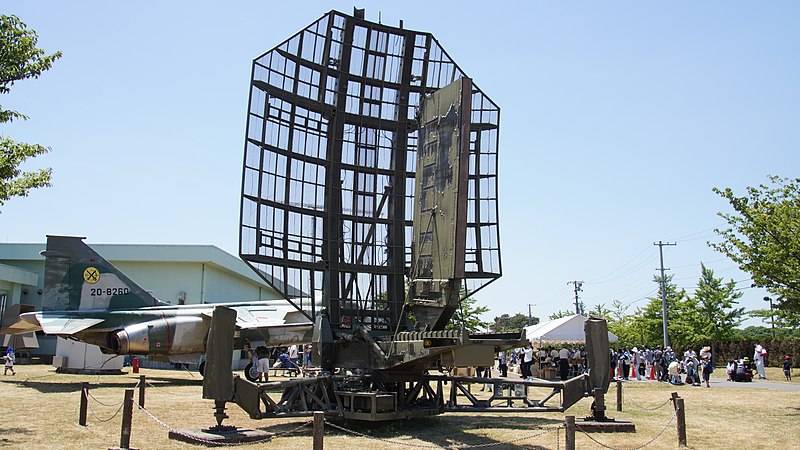
Antenna post of radar J / TPS-101
This station could be quickly transferred and deployed in threatened directions, as well as, if necessary, duplicate stationary radar posts. For mobile radars near regional command posts, special platforms were equipped where it was possible to connect an automated control system to the communication lines. In the case of deployment in the "field", the notification of air targets was carried out via a radio network using attached medium-power radio stations on a vehicle chassis. Operation of the J / TPS-101 radar continued until the late 1990s.
Japanese AWACS aircraft
In the late 1970s, the command of the Air Self-Defense Forces, worried about the qualitative strengthening of Soviet combat aviation, was concerned about the possibility of sustainable detection of low-altitude air targets.
On September 6, 1976, Japanese radar operators were unable to locate the MiG-25P interceptor hijacked by Senior Lieutenant V.I.Belenko, flying at an altitude of about 30 m. After the MiG-25P, while in Japanese airspace, climbed to an altitude of 6000 m , he was recorded by means of radar control, and Japanese fighters were sent to meet him. However, soon the defector pilot dropped to 50 m, and the Japanese air defense system lost him.
An example of an unauthorized invasion of Japanese airspace by a heavy, not optimal for low-altitude interceptor MiG-25P showed how dangerous Soviet front-line bombers Su-24, capable of making low-altitude high-speed throws, can be. In the mid-1970s, several Soviet aviation regiments stationed in the Far East switched from obsolete Il-28 front-line bombers to supersonic Su-24s with a variable sweep wing. In addition to manned combat aircraft, cruise missiles, also capable of breaking through air defense at low altitude, posed a great potential threat.
Although American long-range radar patrol aircraft regularly operated from the Atsugi and Kadena airfields, located in Japan, and information from them was transmitted to the central Japanese air defense command post, the Japanese command wanted to have its own air radar pickets capable of detecting targets in advance on the underlying surface, and receive primary data in real time.
Since the American AWACS E-3 Sentry was too expensive, an agreement was signed in 1979 for the supply of 13 E-2C Hawkeye aircraft. In the US Navy, these machines were based on aircraft carriers, but the Japanese found them well suited for use from land airfields.
In terms of their characteristics, the E-2C Hawkeye, delivered to Japan, generally corresponded to similar aircraft used in American carrier-based aviation, but differed from them in Japanese communication systems and information exchange with ground command posts.
The aircraft with a maximum takeoff weight of 24721 kg has a flight range of 2850 km and can stay in the air for more than 6 hours. Two turboprop engines with a takeoff power of 5100 hp each. from. provide a cruising speed of 505 km / h, maximum speed in level flight - 625 km / h. According to American data, the E-2S AWACS aircraft, equipped with an improved AN / APS-125 radar, with a crew of 5 people, patrolling at an altitude of 9000 meters, is capable of detecting targets at a distance of more than 400 km and simultaneously targeting 30 fighters.
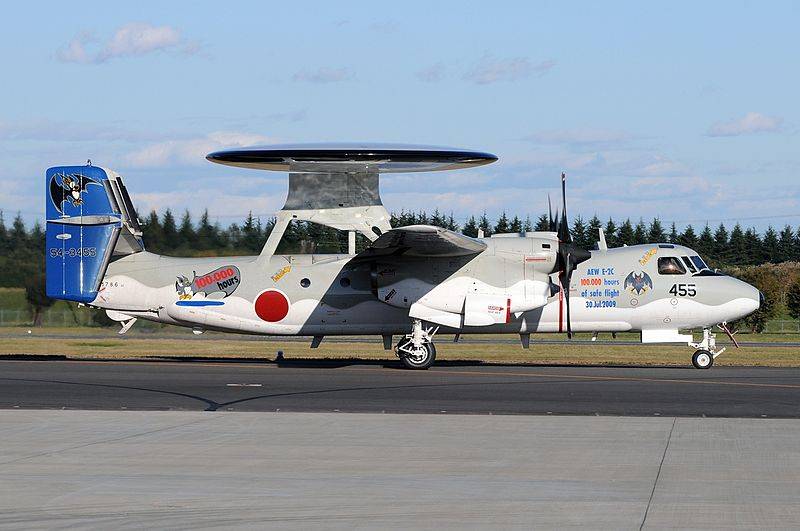
On the whole, the Japanese calculation was correct. The cost of the Hokai themselves and operating costs turned out to be significantly less than that of the much larger and heavier Sentry, and a significant number of AWACS aircraft in the Air Self-Defense Forces made it possible to timely change them in the air while on duty and, if necessary, create a reserve for a certain plot.
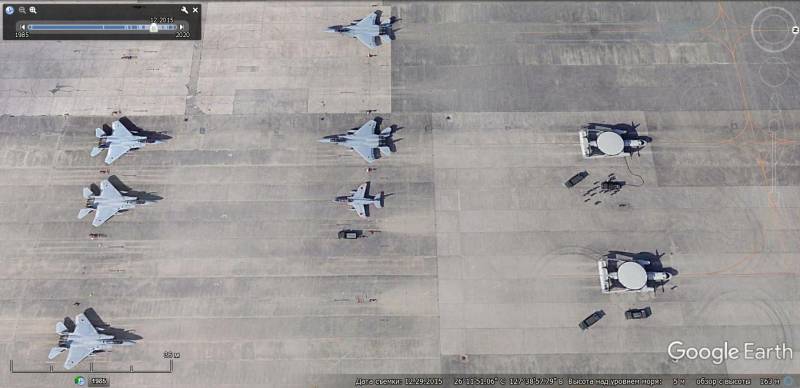
Satellite image of Google Earth: Japanese E-2C AWACS, F-15J fighters and T-4 trainer at Naha airbase, Okinawa island
Until 2009, the E-2C, assigned to the Air Surveillance Group from 601 Squadron (Misawa Air Base, Aomori Prefecture) and 603 Squadron (Naha Air Base, Okinawa Island), had flown more than 100 hours without an accident.
Japanese automated control system for air defense forces BADGE
In early 1962, the American companies General Electric, Litton Corporation and Hughes, commissioned by the Japanese government and with financial support from the United States, began work on the creation of a centralized automated control system for air defense of the Japan Self-Defense Forces.
In 1964, an option proposed by Hughes was adopted, based on the US Navy's tactical data processing system TAWCS (Tactical Air Warning and Control System). The Japanese company Nippon Avionics became the general contractor. Equipment installation began in 1968, and in March 1969, the BADGE (Base Air Defense Ground Environment) ACS was commissioned. The BADGE system became the second in the world after the SAGE warning and control system, which has been used by the US Air Force since 1960. According to Japanese sources, the cost of building all elements of the Japanese automated control system in its original form was $ 56 million.
The BADGE automated control system provided the detection, identification and automatic tracking of air targets, as well as the guidance of interceptor fighters at them and the issuance of target designations to the command posts of the air defense missile systems. ACS united the fighter aircraft combat control center, operational centers of the air defense sectors (Northern, Central and Western) and radar posts.
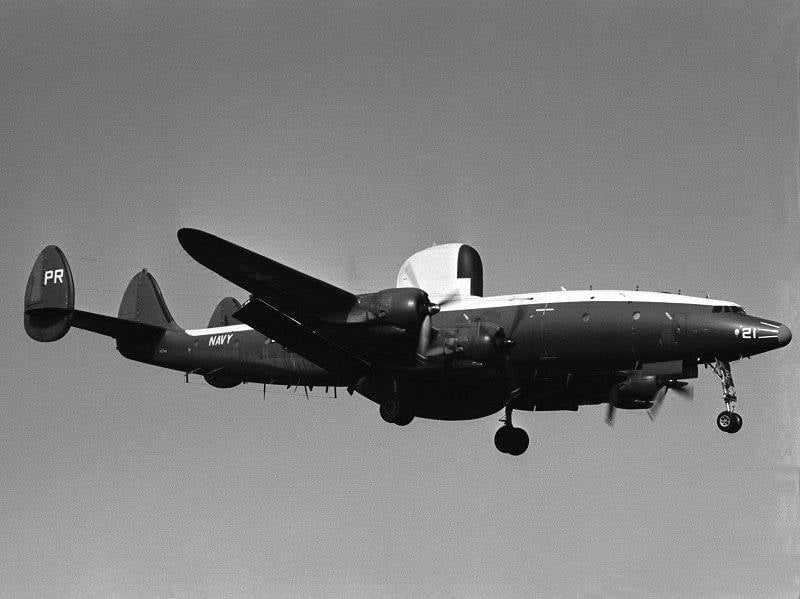
American AWACS aircraft EC-121M
In 1971, the system included long-range radar patrol aircraft EC-121 Warning Star, based at Atsugi airbase, and in the late 1970s - E-3 Sentry. In the early 1980s - Japanese E-2C Hawkeye.
The operational centers, equipped with the H-3118 digital computers of the American company Hughes, were in charge of the general management of the air defense forces and means to cover certain regions of the country.
The direct guidance of interceptor aircraft to air targets, the issuance of target designation data to air defense missile divisions, as well as the fight against enemy radio countermeasures in each air defense sector was carried out by guidance centers, which were located together with operational control centers. In the Northern and Western sectors, one such center was deployed, and in the Central - two (in Kasatori and Mineoka). Both of them were controlled from the operations center in Iruma.
Each guidance center was equipped with a high-speed digital computer H-330V of American production with data storage and reading devices, console indicators with control panels, color screens and special light displays. The air situation data arriving at the guidance center were processed by computer computers and displayed on the appropriate indicators for decision-making. In accordance with the characteristics of air targets, the means of intercepting them were chosen: on the distant approaches - fighter-interceptors, on the close ones - anti-aircraft missile systems.
The direct defense of individual objects was assigned to anti-aircraft artillery batteries. For the F-86F Saber fighters, guidance was carried out by voice over the radio, for the F-104J Starfighter - in semi-automatic mode, and on the F-4EJ Phantom II equipped with an ARR-670 terminal, there was the possibility of automatic guidance.
The use of automation in the guidance centers has reduced the time from the moment targets are detected to the issuance of commands to intercept them three times for single targets and five to ten times for group targets. The use of ACS increased the number of simultaneously tracked targets tenfold and intercepted ones by six.
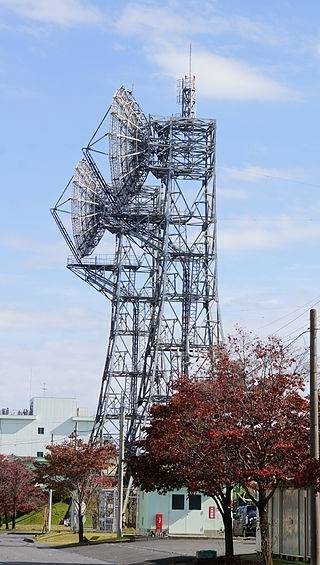
Tower with antennas of high-frequency radio communication equipment J / FRQ-503
Information about the air situation from the operational control centers was broadcast via cable communication lines and high-frequency broadband radio channels to the unified aviation combat control center located in Fuchu. Here was the headquarters of the Japanese Air Force Combat Command and the headquarters of the 5th Air Force of the US Air Force (a component of the US Armed Forces in Japan), which monitor the tactical air situation in the air defense sectors and coordinate interaction between the sectors.
The system is able to function even when some of its components do not work for some reason. If one of the guidance centers fails, the nearest operational control center takes over control responsibilities weapons.
Taking into account the fact that the ACS equipment was originally built on electrovacuum devices, for preventive maintenance it was required to turn it off after 10–12 hours of operation. In this regard, the guidance centers duplicated each other: one is in operating mode and data on the air situation from all radar posts were received here, and the second was in standby mode. On October 1, 1975, due to the introduction of redundant equipment at all regional operational centers, a system of round-the-clock continuous work was established.
At the time of launch, the BADGE system was considered the best in the world. But after 10 years of operation, due to the increase in the combat characteristics of air attack weapons of a potential enemy, it no longer fully responded to the growing threats.
In 1983, the Japanese defense department entered into an agreement with NEC to modernize the system. During the modernization, most of the electronic equipment was transferred to a modern solid-state base. Fiber-optic communication lines were used to increase stability and increase data transmission speed. High-performance computing power of Japanese production was introduced and the means of information input and display were updated. An additional command post was established at Naha.
Now it is possible to receive in real time primary radar information from Japanese AWACS E-2C Hawkeye aircraft. After the adoption of the F-15J Eagle fighter, the J / A SW-10 equipment was introduced, designed to receive guidance commands and transmit data from the fighter. Interceptor operations, regardless of their location, could be controlled directly from any regional air defense command center.
The radically modernized system was known as BADGE + or BADGE Kai. Its operation continued until 2009.
To be continued ...
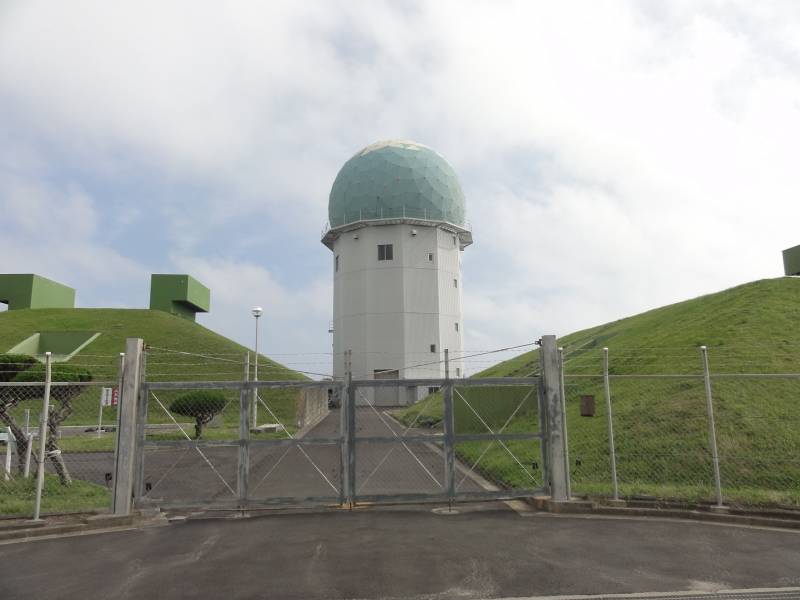
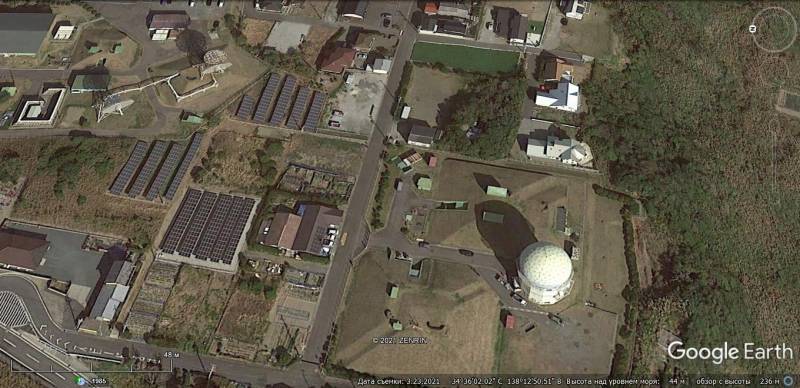
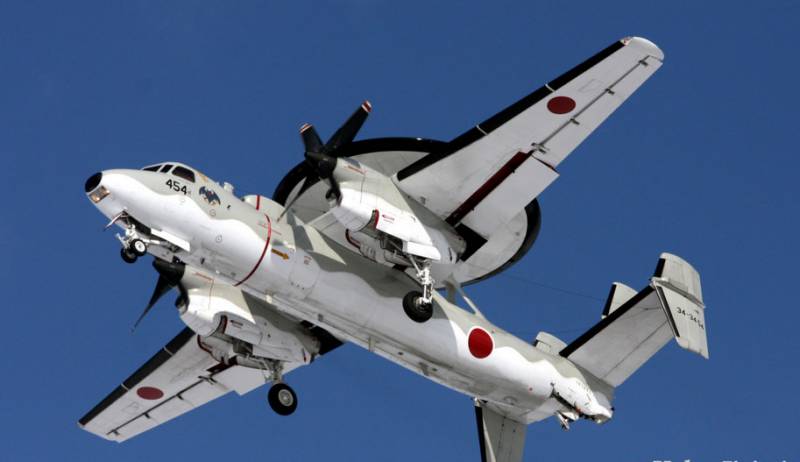
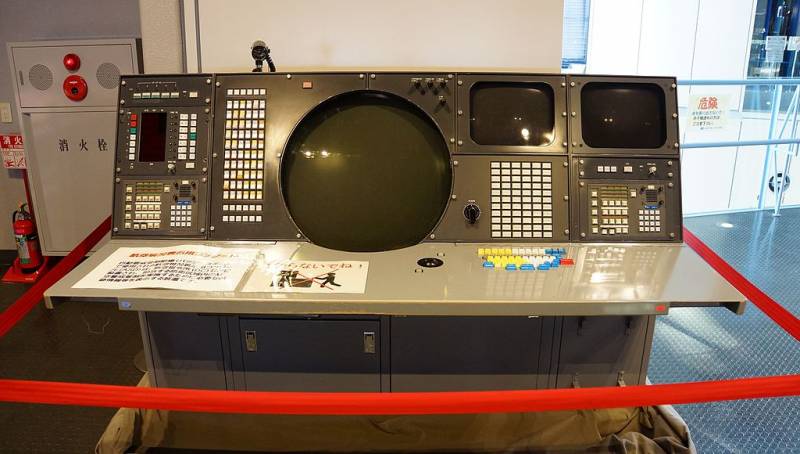
Information